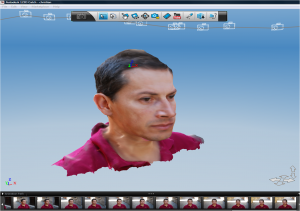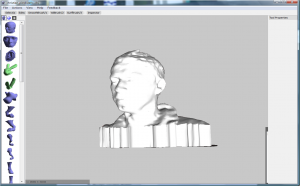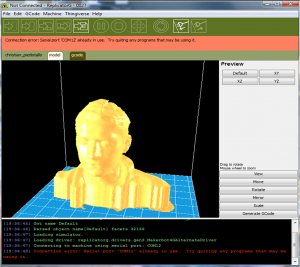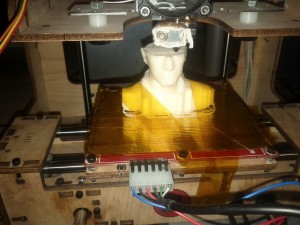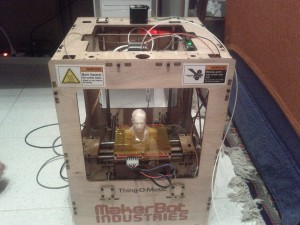Strategy is about making choices. You cannot be ambiguous, in order to execute you have to set clear objectives and goals.
But making clear goals is important as being flexible and have options if something goes wrong or does not go as planned. And actually, things never go according to plan.
That’s the reason of the long discussion and arguments of deliberate versus emergent business strategy. Essentially, Porter versus Mintzberg business strategy theories. A nice article on Fortune discusses the two Porter or Mintzberg: Whose View of Strategy Is the Most Relevant Today?.
The two theories are both very interesting and fundamental in the business strategy world.
Porter’s books are a must read:
- Competitive Strategy: Techniques for Analyzing Industries and Competitors
- Competitive Advantage: Creating and Sustaining Superior Performance
- Competitive Advantage of Nations
Mintzberg’s books are a must read too:
- Strategy Safari: A Guided Tour Through The Wilds of Strategic Management
- Structure in Fives: Designing Effective Organizations
- Rise and Fall of Strategic Planning
- Managing
Given this premise and introduction is interesting to consider the case of Nokia. With Elop, Nokia has made the clear strategic choice of a Microsoft Windows only smartphone operating system. However, the choice of exclusivity is only on one side, Nokia. Microsoft is still free to license the OS to other OEMs and eventually to make its own smartphones and tablets using the same OS.
And here it comes an interesting analysis by a former Microsoft veteran, Microsoft’s Pivot — A Plan to Dominate “Devices and Services” that says “When Microsoft launches a ‘Surface Phone’ it is quite simply game over for Nokia.”
An excerpt from the post:
“Microsoft’s public pronouncements about the importance of the OEM in the wake of the release of Surface are more than a little disingenuous. Microsoft finally does appear to have crossed the rubicon in regards to the long-term value of their OEMpartners. The company appears to embarking on a strategy that — while accommodating the OEM channel — is not going to throw them a life raft. OEMs who do not already have an alternative business strategy when Microsoft becomes their largest and most agressive competitor are in deep trouble. Ironically the OEM channel is about to commit collective suicide while enabling Microsoft to become their executioner.
Microsoft desperately needs the OEMs right now. They are needed because that’s the only way to get Windows 8 into the hands of hundreds of millions of consumers. But — wittingly or unwittingly — the OEMs are acting as the vector for the “Virus” that will ultimately kill them off. Once a critical mass of consumers have become hooked on Windows 8 Microsoft will have established the reach and credibility of the operating system that is required to execute the company’s devices strategy.
Once Microsoft has its own volume device capability it will have no strategic need for the OEM channel. Microsoft’s message to the OEMs can be summed up as “Enjoy the ride while it lasts.”
Nok Nok…
Perhaps the company most likely to be impacted by Microsoft consumer devices strategy is Nokia. I have absolutely no doubt that Microsoft is going to become a manufacturer of a full range of Windows 8 based smartphones. That is going to happen sooner rather than later. When Microsoft launches a ‘Surface Phone’ it is quite simply game over for Nokia.”
And this is pretty much in line with Asymco’s post Nokia’s price for exclusivity in which is stated: “Nokia’s failure is not so much having chosen the wrong alternative to Symbian, but having chosen exclusively.”
Exclusivity could have been be the right choice, but what happens when it is not? Strategic flexibility is essential in business strategy. While understanding and fully learning from Porter is essential, Mitzberg’s approach seems to be key in the complex and fast world we are now living. If you put all the eggs in one basket, you have to be ready to move them if things do not work out.

